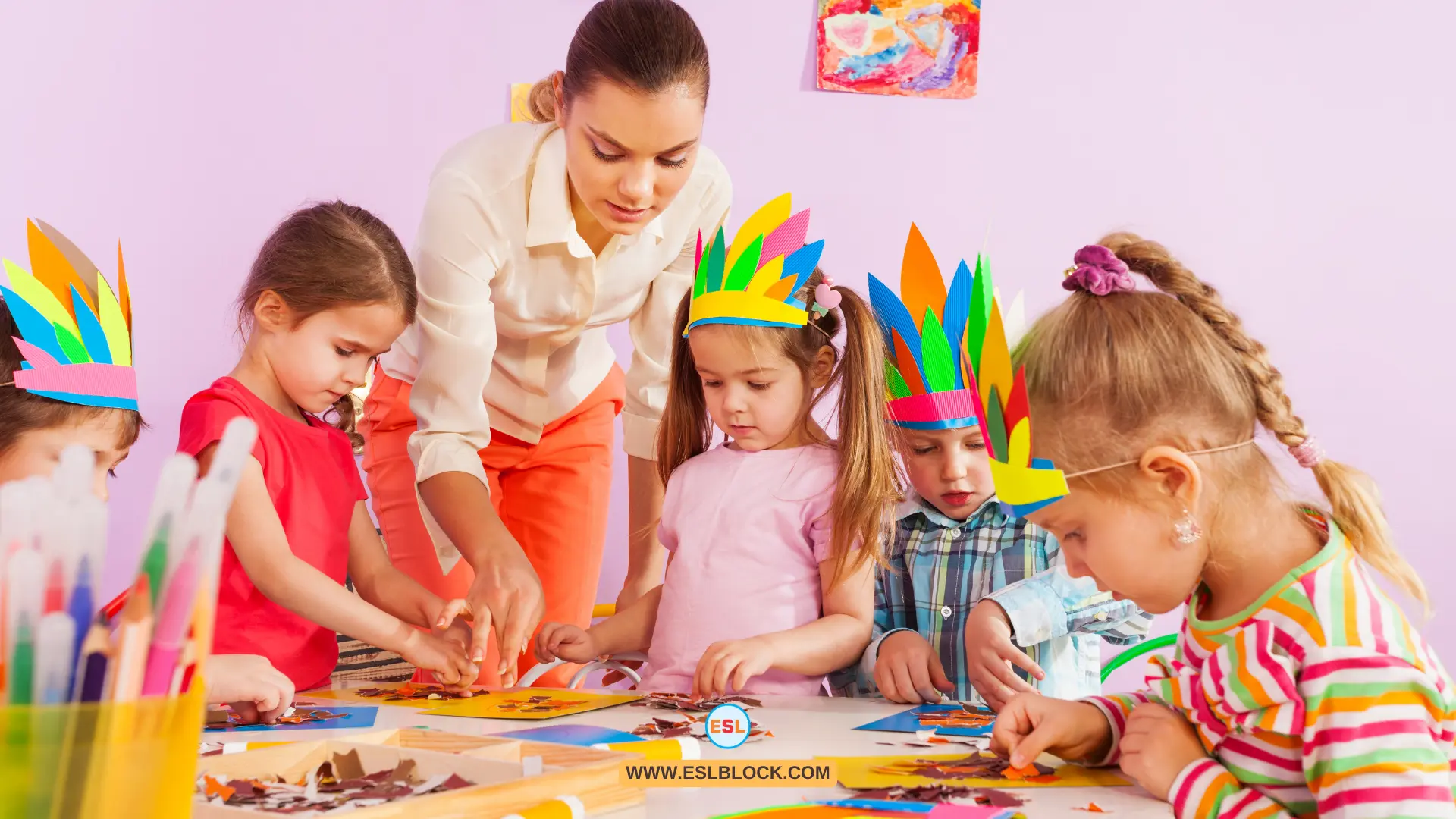How to Teach the Alphabet to Preschoolers?

Embarking on the journey of teaching the alphabet to preschoolers is an exciting and crucial step in their early education. As parents and educators, the responsibility lies in making this process not only educational but also enjoyable. The foundation laid during these formative years can significantly impact a child’s literacy development.
In this comprehensive guide, we’ll explore creative and effective strategies to teach the alphabet to preschoolers, ensuring a fun-filled and enriching learning experience.
Here are 10 tips about “How to Teach the Alphabet to Preschoolers?”:
1. Harmonizing with Alphabet Melodies
Infuse joy into learning by introducing catchy alphabet songs that make the process memorable and enjoyable.
2. Engaging in Letter Pairing Challenges
Create excitement and cognitive engagement by challenging preschoolers to identify and pair letters through interactive games and activities.
3. Exploring the World of Alphabetical Bins
Transform learning into an adventure by organizing bins filled with diverse objects corresponding to each letter, making alphabet discovery hands-on.
4. Harnessing Letters for Multidisciplinary Exploration
Integrate alphabet learning into various subjects, fostering a holistic approach that connects letters with real-world applications.
5. Utilizing Educational Letter Cards
Make learning tangible with educational letter cards, offering a visual aid to reinforce letter recognition and enhance memory retention.
6. Crafting Edible Letter-Shaped Delights for Enhanced Learning
Combine fun and education by crafting tasty treats in the shapes of letters, turning snack time into an interactive learning experience.
7. Imbibing Alphabet Knowledge through Reading Adventures
Cultivate a love for reading by exploring alphabet-themed books, creating a bonding experience while enhancing letter recognition.
8. Stimulating the Senses with Alphabetical Sensory Tasks
Engage multiple senses through sensory activities, connecting touch, sight, and sound to reinforce letter identification and understanding.
9. Introducing Letter Recognition through Personalized Names
Begin with what’s most familiar to preschoolers— their names— offering a personalized approach to letter recognition and spelling.
10. Monitoring Your Child’s Development Progress
Keep a close eye on your child’s progress, celebrating milestones and adjusting teaching methods to suit their evolving needs and capabilities.
Final Thoughts
As we conclude our exploration into teaching the alphabet to preschoolers, it’s essential to recognize that every child is unique. The strategies outlined are not rigid rules but flexible tools to cater to diverse learning styles. Embrace the journey, celebrate small victories, and adapt your approach based on your child’s responses. Remember, instilling a love for learning is as crucial as imparting knowledge. The alphabet is not just letters; it’s the gateway to a world of language and imagination. So, dive into this adventure with enthusiasm, and watch as your preschooler discovers the magic within the ABCs.
If you have enjoyed “How to Teach the Alphabet to Preschoolers?” I would be very thankful if you’d help spread it by emailing it to your friends or sharing it on Twitter, Instagram, Pinterest, or Facebook. Thank you!
More Free Resources
Here are some more news for you!
- Sadiq Khan Endorses Plan to Remove English Language Test for Minicab Drivers
- Language Trends in Malta: 25% of Under-10s Declare English as Primary Language
- Decoding English Learning: A Comprehensive Guide for Parents of English Learners
- Unlocking Literacy: Applying the Science of Reading to English Language Learners
- Landmark Moments: The U.S. Supreme Court Case That Defined and Safeguarded English Learners’ Rights






